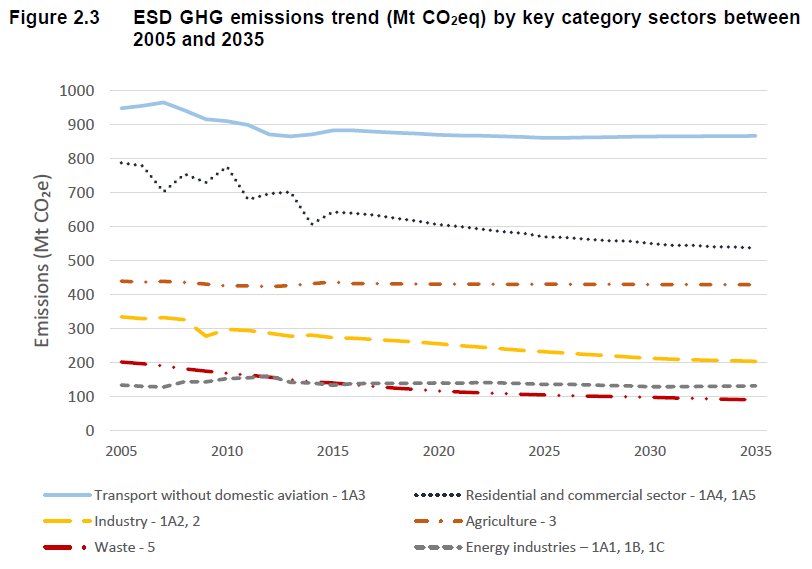
'The 322 foot (98 meter) tower, whose construction was confirmed on Jan. 29 by sustainable developer UTB, the state of Berlin and the borough of Friedrichshain-Kreuzberg the will be made largely of wood.'
bloomberg.com/news/articles/…
bloomberg.com/news/articles/…
'If the project lives up to the progressive aspirations declared by the developer and city, WoHo could serve as a template for how to build a charismatic architectural showpiece in an up-and-coming neighborhood without exclusion or displacement.'
'Friedrichshain-Kreuzberg officials say the goal is not just to provide new housing: It is to direct Berlin, and other cities, “towards a social and ecological paradigm shift.'
'One third of these homes will be affordable co-operative housing, one third will be market-rate owner-occupied units, and one third will be rent-controlled apartments — overriding the law that exempts new construction from Berlin’s current city-wide rent freeze.'
• • •
Missing some Tweet in this thread? You can try to
force a refresh


















